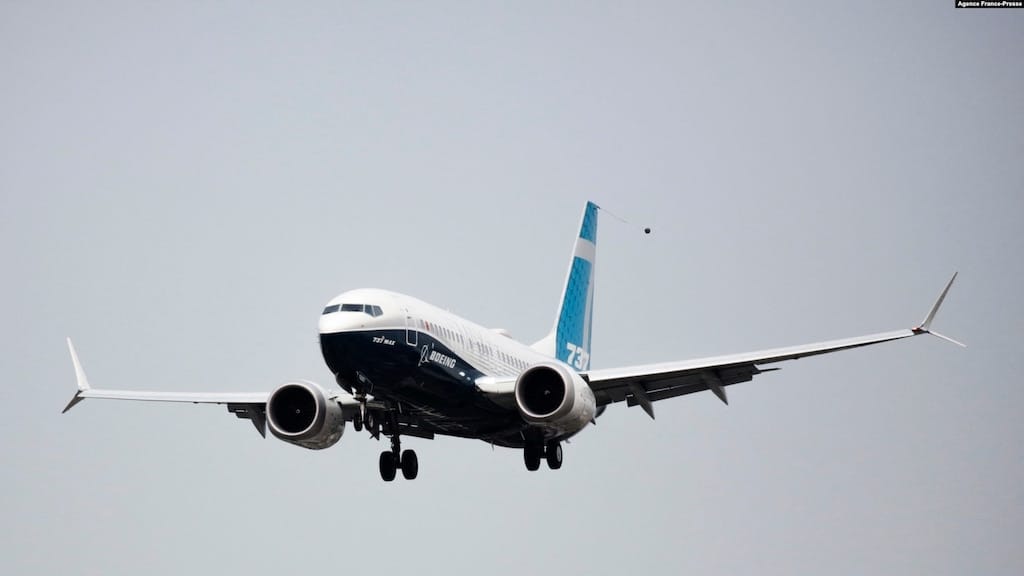Affordable Connectivity Program Launch, Airlines Want 5G Delay, Americans Adopt More Home Health Devices
The FCC has launched the Affordable Connectivity Program, which extends the Emergency Broadband Benefit program.
Justin Perkins

January 3, 2022 – After a consultation process in which it fielded a range of perspectives, the Federal Communications Commission officially launched its Affordable Connectivity Program on Friday.
The program, which subsidizes the cost of broadband service for low-income households, will pay up to $30 toward the cost of a household’s broadband payment.
The new program replaces the Emergency Broadband Benefit and funds over $14 billion to assist households in purchasing internet-connected devices. The program aims to allow lower-income households purchase laptops, desktop computers, and tablets.
“The response to the Emergency Broadband Benefit proved what many knew to be true: the cost of high-speed internet is out of reach for too many of us,” said FCC Chairwoman Jessica Rosenworcel. “Now with the long-term Affordable Connectivity Program, we have the opportunity to enroll even more households and help ensure they can afford the internet connections they need for work, school, health care and more for years.”
In order to be eligible for the program, a member of the household must meet one of a variety of criteria: They may be able to participate in the program if they participate in certain assistance programs, such as SNAP, Medicaid, Federal Public Housing Assistance, SSI, or Lifeline.
Participants could also be eligible if they received a federal Pell Grant during the award year or receive benefits under the free or reduced-priced lunch program.
Airline association asks for 5G delay
An airline industry association has filed a request Thursday with the FCC to delay the rollout of 5G near airports, citing flight disruption concerns.
Airlines for America, which represents American Airlines, Delta Airlines, and United Airlines and other major carriers, requested the delay near airports such as Newark Liberty in New Jersey because of concerns that 5G radiowaves could interfere with aircraft altimeters, which help guide planes to runways.
The organization accused the FCC of failing to provide “even minimal clarity as to how it has dismissed the record evidence of interference to radio altimeters and consequential impacts on aviation safety, which is itself arbitrary and capricious.”
In the petition, Airlines for America said wireless interference “will jeopardize the function of critical aircraft safety systems, which in turn threatens to divert or cancel thousands of flights” each day. The result would disrupt “millions” of passenger reservations, interfere with the global supply chain and flight crew schedules.
AT&T and Verizon have pushed back on the request to delay their planned introduction of 5G wireless services, which the companies were ready to deploy on January 5, 2022.
Wireless industry group Cellular Telecommunications Industry Association said 5G is safe and the spectrum is currently used in nearly 40 other countries.
Americans adopt more home health devices
A new whitepaper Monday finds that more Americans are adopting smart health devices for their homes.
Park Associates, the market research company specializing in technology, found that the use of connected health technology in the home grew in 2021.
“Over one half of US broadband households now report owning at least one connected health device, a dramatic increase from 2020, and 30% own three or more,” said the firm. “Adoption of smart watches, smart thermometers, connected pulse oximeters and blood pressure cuffs grew substantially. In addition, intentions to purchase connected health devices about doubled for all connected health device categories year over year.”
The information comes as the telemedicine trend continues during the COVID-19 pandemic.
“The pandemic has forever changed the trajectory of health and wellness. The industry is undergoing a shift as consumers, especially seniors, have become accustomed to using new technologies for healthcare services and communication,” said Jennifer Kent, VP of research at Parks Associates. “Out of necessity, the market for remote health technology products and services accelerated 5-10 years beyond where we expected it to be pre-pandemic.”
The firm said device pairing remains a critical barrier to maximizing the impact remote care programs. Device connectivity “is the first step in ensuring a patient can engage in an [remote care] program, and also a first line of potential failure.”











Member discussion